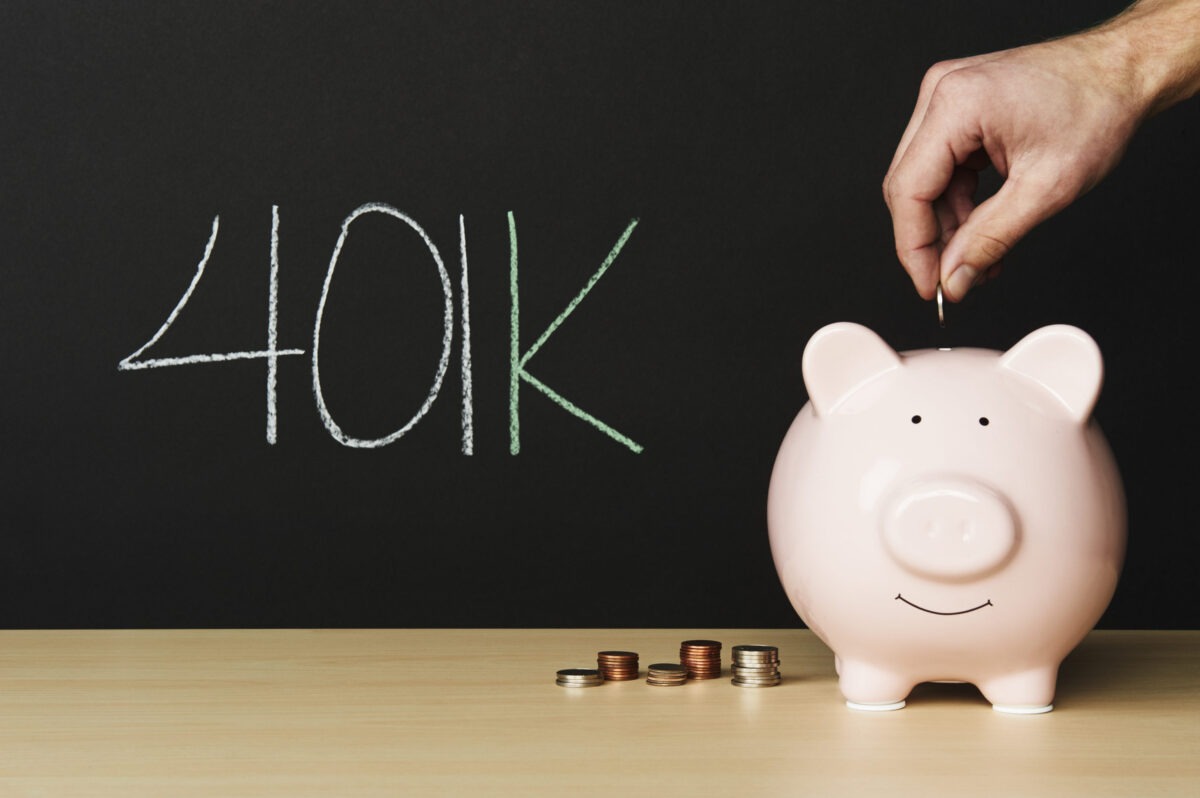Are you planning for your retirement? Many of the brightest and hardest-working marketing and advertising people in the country are obsessed with getting you to spend money and, if necessary, to go into debt to do so. Absolutely all the media that reach you every day are designed to get you to spend money. In order to save money in this environment, you will need determination to withstand the constant pressures to spend now.
What is it that separates those who are successful from those who are not?
Successful individuals have a strong personal vision of what they want and why they want it. That vision gives them the strength to stick to their strategies even when doing so is uncomfortable. It gives them the determination to persist when they are discouraged. This is the same characteristic of women entrepreneurs and is the reason their new, small businesses are successful.

The 401k Plan for your Retirement
Today, the 401(k) plan has become the main investment vehicle for working women to save for retirement. But many don’t take full advantage of their plan, and this could leave them with a lot less at retirement. Here are some steps we believe you can take to improve and eliminate any retirement worries about whether or not your retirement will be pleasurable or public charity; or whether you will have all the free time to spend with your family or friends.
- Increase your contributions to the maximum that you can manage. Many women contribute just enough to take advantage of their employer’s matching contributions, and then they stop. By adding more to your account, beyond the matching contributions, you’ll end up with more in retirement.
- Invest at the start of each year instead of taking a little bit out of each paycheck. Nothing in the law says you have to invest in a 401(k) plan a little at a time, from each paycheck. By investing early, you’ll put your money to work sooner for your benefit.
- A few years ago it was reported that more than 30 percent of the money in 401(k) plans was invested in money-market funds or similar accounts. For investors nearing retirement, that may be appropriate. But most workers in their 40’s and 50’s need growth in their retirement investments. Put more of your investment fund in equities and less in money-market funds.
- Research indicates that over long periods of time, small-company stocks outperform large-company stocks. Since 1926, In the equity part of your portfolio, shift some of your money into funds that invest in small companies. Don’t put your entire equity portfolio in small-company stocks. But consider investing at least 25 percent of your U.S. equity investments in that fund.
- Numerous studies have shown that value stocks outperform growth stocks. According to data going back to 1964, large U.S. value companies had a compound rate of return of 15.1 percent vs. only 11.4 percent for large U.S. growth companies. Among small U.S. companies, the difference was even more striking: a compound return of 17.4 percent for the value stocks vs. 12.1 percent for the growth stocks. Don’t put your entire equity portfolio into value stocks. But if there’s a value fund available to you, consider investing at least 25 percent of your U.S. equity investments in that fund.
6.Re-balance your portfolio once a year. Your asset allocation plan calls for a certain percentage to be invested in each of several kinds of assets. Re-balancing restores your asset balance and allows for the possibility that last year’s losers may be this year’s gainers. Diluting your diversification actually increases risk in your portfolio over time, which is a result that’s just the opposite of what most investors want.
7.Without compromising proper asset allocation– use the funds in your plan that have the lowest operating expenses. Choose funds with low turnover in their portfolios.
- Don’t borrow or make early withdrawals from your 401(k) unless that is the only way to respond to a life-threatening emergency. Furthermore, if you take an early withdrawal before you are 59.5 years old, your withdrawals will be subject to a 10 percent tax penalty (in addition to regular taxes) unless you are disabled. Just don’t do it.
- If you leave your job, you’ll get a chance to roll over your 401(k) into an IRA. Take that chance. In an IRA, you have the same tax deferral as a 401(k), and you’ll have the flexibility to invest in virtually everything you can get in a 401(k), plus much more.
- Here’s the most important thing you can do to maximize your 401(k): Keep your contributions automatically payroll deducted and make them no matter what. It’s simple, but it’s not easy. Half of the households in the United States have net worth of $25,000 or less. In a typical year, about two-thirds of U.S. households do not save money.
Remember, to be successful, first, imagine your early retirement, the Caribbean condo, the yacht, the new Lexus. Luxury and pleasure as far as your eyes can see. Create a strong vision, and then don’t let go. The power of a clear, strong vision applies to more than just your retirement savings. Let your vision shape your life, instead of the other way around, and all of the time in the world can be yours. You won’t be spending your Golden Years working at the Golden Arches.


Recent Comments